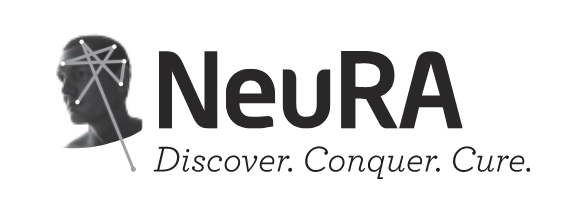Use the Back button in your browser to see the other results of your search or to select another record.
Diagnostic accuracy and potential triage utility of the Shetty test in foot and ankle trauma: a cross-sectional study
Dogan B, Komut S, Komut E, Kavak N, GuneÅŸ O, Karahan AT
Turk J Med Sci 2025 Jun 14;55(4):887-892
primary study
BACKGROUND/AIM: Foot and ankle trauma represents a common reason for emergency department visits. While the majority of cases involve soft tissue injuries, radiographic imaging is frequently overutilized due to concerns about missed fractures, leading to increased costs and emergency department crowding. The Shetty test, a recently introduced clinical decision rule, may serve as a simpler alternative to established tools such as the Ottawa ankle rules. This study aimed to assess the diagnostic accuracy of the Shetty test and its potential role as a supportive tool within existing triage systems for patients presenting with foot and ankle trauma. MATERIALS AND METHODS: In this cross-sectional study, 229 adult patients with isolated foot or ankle trauma were evaluated in the emergency department. All participants underwent the Shetty test and standard radiographic imaging. The Shetty test was performed by trained emergency physicians prior to imaging; a positive result was defined as an inability to apply downward pressure due to pain. Diagnostic accuracy metrics-including sensitivity, specificity, positive predictive value, and negative predictive value-were calculated using radiographic findings as the reference standard. RESULTS: Fractures were identified in 25.3% of cases. The Shetty test demonstrated a sensitivity of 77.6%, specificity of 60.8%, positive predictive value of 40.2%, and a high negative predictive value of 88.9%. Among patients with confirmed fractures, 77.6% had a positive test result. The test performed best in ruling out displaced and incomplete fractures, and results showed significant correlation with both physical findings and imaging outcomes. CONCLUSION: The Shetty test exhibited moderate sensitivity and specificity, alongside a high negative predictive value, supporting its use as a reliable rule-out tool for foot and ankle fractures. Its simplicity, ease of application, and diagnostic potential make it a promising triage adjunct to optimize emergency department resource use. Prospective multicenter validation is warranted before broad clinical adoption.
Full text (sometimes free) may be available at these link(s): ![]() help
help


